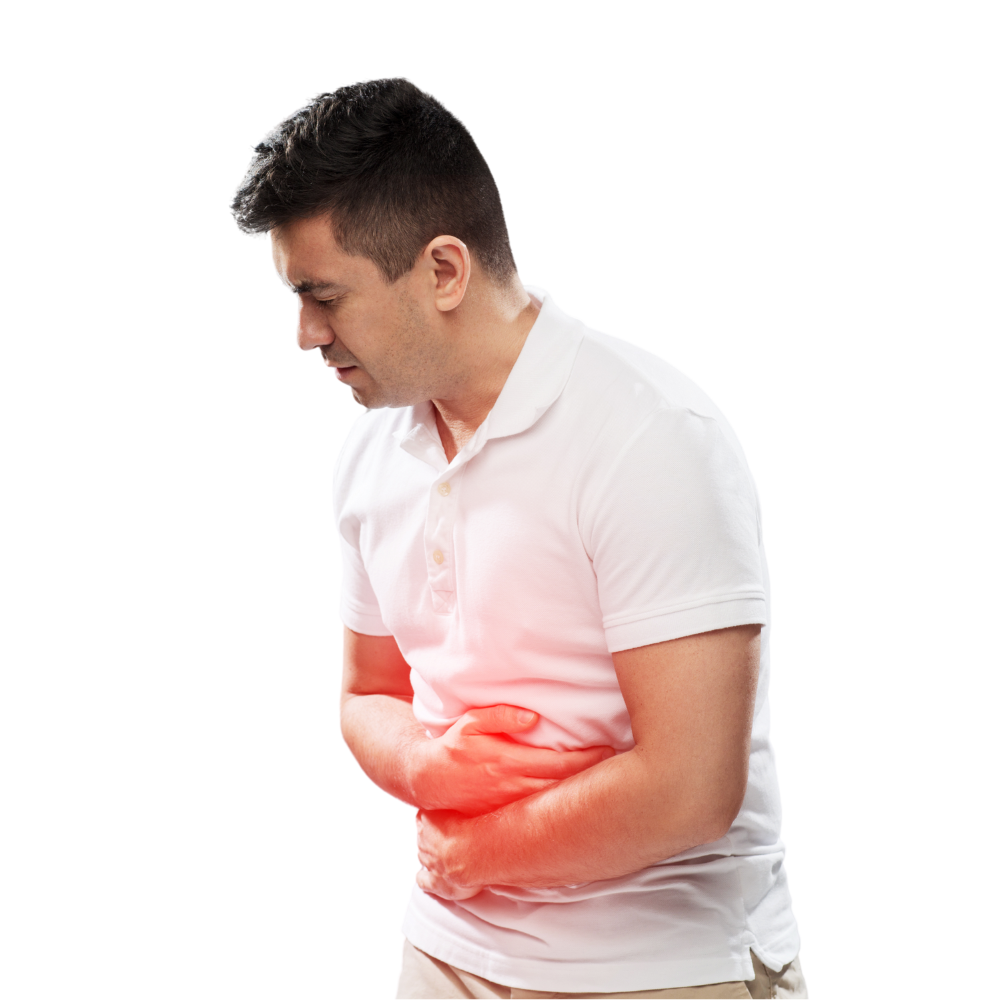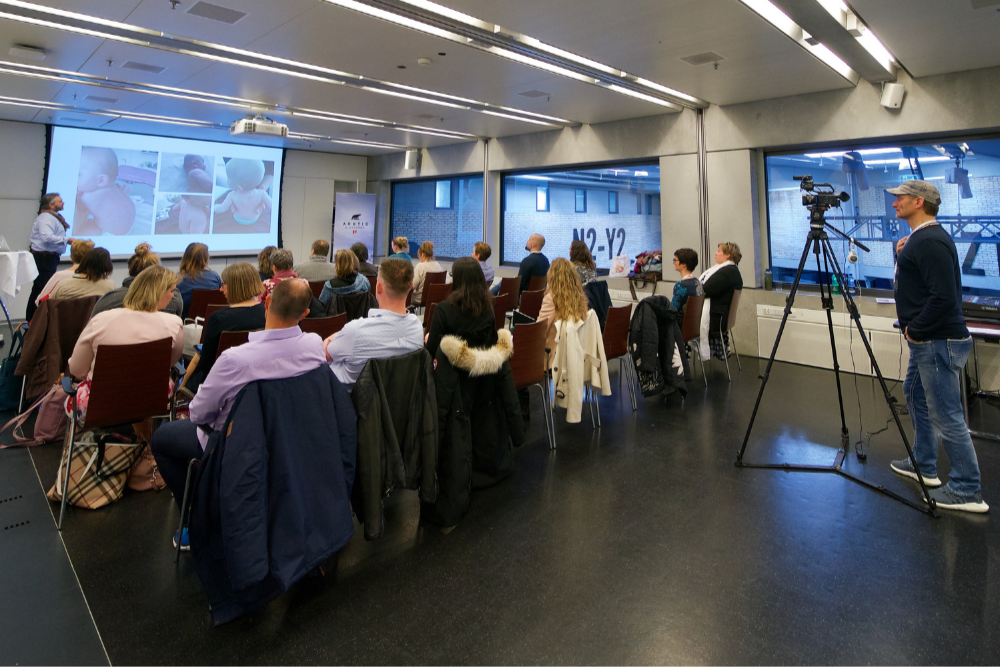A healthy life includes exercise, sleep, a healthy diet and active stress reduction. Mankind has relied on these "4 pillars of health" for millions of years. Another pillar receives little attention: light.
Throughout evolution, natural light - as well as natural darkness - has been an indispensable part of our daily lives. Although people have always sought and found ways to illuminate the night - whether by fire, candles, oil or gas lamps - it was electric light that allowed us to move our lives more and more indoors. Today we have such powerful light sources that we can turn night into day if we so choose. This has obvious benefits, but we are increasingly beginning to see the dark side of night lighting.
moreIn the last decade, research on the "sunshine vitamin" D has increased significantly. Vitamin D is the only vitamin that our body can produce itself in the skin. We need sunlight to do this, which is why vitamin D is known as the sunshine vitamin. But that is by no means all. Natural light does much more for us.
The color temperature of light
Light has different wavelengths, most of which we cannot perceive with the naked eye. The light we can see has color temperatures ranging from blue (10,000 to approx. 6,000 K) at the short-wave end of the scale, through yellow (6,000 to approx. 3,000 K) to red (3,000 to 1,000 K) at the long-wave end.
The color temperature is the measure that quantitatively determines the color impression of a light source and is measured in Kelvin (K). We need all these wavelengths at the right time for our well-being, while the wrong wavelength at the wrong time has an impact on our health. By staying indoors, using electric light and using screens almost continuously, it is easy for us to disrupt the natural rhythm of the light that affects us.
The biorhythm or our internal clock
The biorhythm (or "circadian rhythm") of animals and humans, which has a cycle length of approximately - but not exactly 24 hours, must be reset daily to stay in sync with external environmental time. This process of "clock setting" is achieved in most mammals by regular exposure to light and darkness. This means that the early morning light and the darkness in the evening let our body know what time it is and ensure that our internal clock is synchronized with that of our environment again. It is not necessary for us to see the light to do this. Light - or its absence - is perceived by our brain even with our eyes closed, whether we are blind or sighted. [1]
Many of our hormones are regulated by our biorhythm, such as cortisol, a stress hormone, and melatonin, the "sleep hormone". Our cortisol levels are at their highest shortly after waking up. It helps us to wake up and start the day with vigor. How high the cortisol level rises depends on when the sun rises and therefore on the time of year. [ 2] From the morning, cortisol falls throughout the day and is at its lowest in the evening. A low cortisol level is necessary for melatonin to rise. But that's not all: melatonin secretion sets in. the right lighting conditions, namely first twilight and then darkness or a light temperature of less than 2,000 K. [ 3] In this way, light influences how well and how long we sleep. Studies have shown that people who are exposed to natural light during the day sleep better [4] and can concentrate better. [ 5]
Other hormones that are influenced by light conditions are insulin and its counterpart glucagon, the two hormones that control blood sugar levels. [ 6] At night, the release of insulin is reduced and that of glucagon is increased. During the day it is the other way around. Insulin promotes the build-up of fat, glucagon the breakdown of fat. The time available to each hormone depends on the time of year. The long days of summer promote the build-up of fat deposits, which are intended to ensure our survival in the (originally barren) winter. This explains why the disruption of the circadian rhythm promotes obesity, metabolic syndrome and diabetes.
A number of other hormones, e.g. thyroid stimulating hormone (TSH) and prolactin (PRL), as well as sex hormones. They vary over the 24-hour day and are strongly regulated by the biorhythm and the sleep-wake cycle. [ 7] The hormone system is particularly susceptible and sensitive to changes in the environment because it compares the internal state with external cues. Hormone levels vary according to light-dark cycles, which correspond to metabolic, immunological and reproductive functions. No wonder, then, that a disruption of normal, natural light conditions affects our health so profoundly.
[caption id="attachment_14322" align="aligncenter" width="1024"] Source: Pexels[/caption]
Source: Pexels[/caption]
Blue light for alertness and concentration
While we need blue light - daylight, especially in the morning and midday - to synchronize our internal clock, energy, alertness, good mood, ability to concentrate and cognitive performance, it is counterproductive in the late afternoon and evening. The light from energy-saving LED lamps mainly contains blue light.
LED lighting is used both at work and at home. In addition, there is further blue light from computer monitors, the TV screen, our smartphones and tablets. Iskra-Golec et al [8] found that blue-enriched light of 17,000 K had an activating effect compared to light from light sources with a correlated color temperature of 4,000 K, especially in the morning. However, the mood measurements showed a decreasing trend throughout the day and were slightly lower in the blue-enriched condition.
But what to do? Our modern lives do not allow us to base our daily routine solely on the position of the sun. We neither get up with the chickens nor go to bed with them. Thanks to artificial light, we are still busy even after dark; be it with work, social life or leisure activities, some of which even add to our exposure to blue light. There are two ways to reduce this without having to restrict yourself too much.
1. blue light filters
A Japanese study found that, that the wavelength of the light emitted by the television in the evening significantly influenced the release of cortisol and melatonin. The use of a television with a half-blue light display was able to prevent circadian rhythm disturbances. Televisions with OLED displays are a promising technology [9], but they are still very expensive. There are cheaper alternatives such as
- Anti-blue light films for computer monitors and televisions,
- apps that vary the color settings of your tablet or smartphone depending on the position of the sun where you are,
- Wearing glasses with a blue light filter in the evening.
2. red light sources
It is not difficult to assess whether the lighting at home belongs more to the blue or red spectrum. We instinctively perceive bright light in the evening as cold and uncomfortable, whereas reddish or dimmed light or natural light sources (candlelight, firelight) as cozy. Energy-efficient light bulbs such as halogen lamps, fluorescent lamps and even some LED lamps emit large amounts of blue light.
Conventional light sources such as incandescent bulbs or fire (including candles) emit far less blue light and more red light in comparison. For optimal lighting with little blue light, you can now buy warm glowing light bulbs and halogen lamps. The popular lamps made from Himalayan salt also emit a pleasant red light.
[caption id="attachment_14323" align="aligncenter" width="1024"] Source: Unsplash[/caption]
Source: Unsplash[/caption]
We humans can only see a very small section of the entire light spectrum with the naked eye. We can neither see UV rays, which have a shorter wavelength than blue light, nor infrared light, which has a longer wavelength than red light. Nevertheless, both of these have positive effects on our bodies.
Webinar recording: Blue light toxicity, circadian rhythm and the light metabolism diet
If you are interested in the topic of light and the toxicity of blue light, we recommend you watch the recording of the webinar with Dr. Vilmos Fux from Innsbruck University Hospital. Dr. Fux provided fascinating insights into the good and bad effects of light on our bodies. While other aspects of health, such as diet and exercise, are much discussed in the media, you never hear anything about light. We wanted to change that. Light is such an exciting and important topic that it deserves more attention. Curious?
Then take a look at the recording of our webinar with Dr. Vilmos Fux!
[1] Lockley SW, Brainard GC, Czeisler CA (2003): High sensitivity of the human circadian melatonin rhythm to resetting by short-wavelength light. J Clin Endocrinol Metab. 2003 Sep;88(9):4502-5.
[2] Hadlow, N, Brown S, Wardrop R, Henley D (2013): The effects of season, daylight saving, and time of sunrise on serum cortisol in a large population. Chronobiology international. 31. 10.3109/07420528.2013.844162.
[3] Kraneburg A, Franke S, Methling R, Griefahn B (2017): Effect of color temperature on melatonin production for illumination of working environments. Appl Ergon. 2017 Jan;58:446-453.
[4] Adamsson M, Laike T, Morita T (2018): Seasonal Variation in Bright Daylight Exposure, Mood and Behavior among a Group of Office Workers in Sweden. J Circadian Rhythms. 2018 Feb 21;16:2.
[5] Boubekri M, Lee J, MacNaughton P et al (2020): The Impact of Optimized Daylight and Views on the Sleep Duration and Cognitive Performance of Office Workers. Int J Environ Res Public Health. 2020 May 6;17(9).
[6] Albreiki MS, Middleton B, Hampton SM (2017): A single night light exposure acutely alters hormonal and metabolic responses in healthy participants. Endocr Connect. 2017 Feb;6(2):100-110.
[7] Shechter A, Boivin DB (2010): Sleep, Hormones, and Circadian Rhythms throughout the Menstrual Cycle in Healthy Women and Women with Premenstrual Dysphoric Disorder. Int J Endocrinol. 2010; 2010: 259345.
[8] Iskra-Golec IM, Wasna A, Smith L: (2012): Effects of blue-enriched light on the daily course of mood and sleepiness and light perception: A field experiment. Lighting Research and Technology. 2012; 44(4): 506-513.
[9] https://www.whathifi.com/news/its-official-oled-tvs-really-are-good-for-your-eyes
















